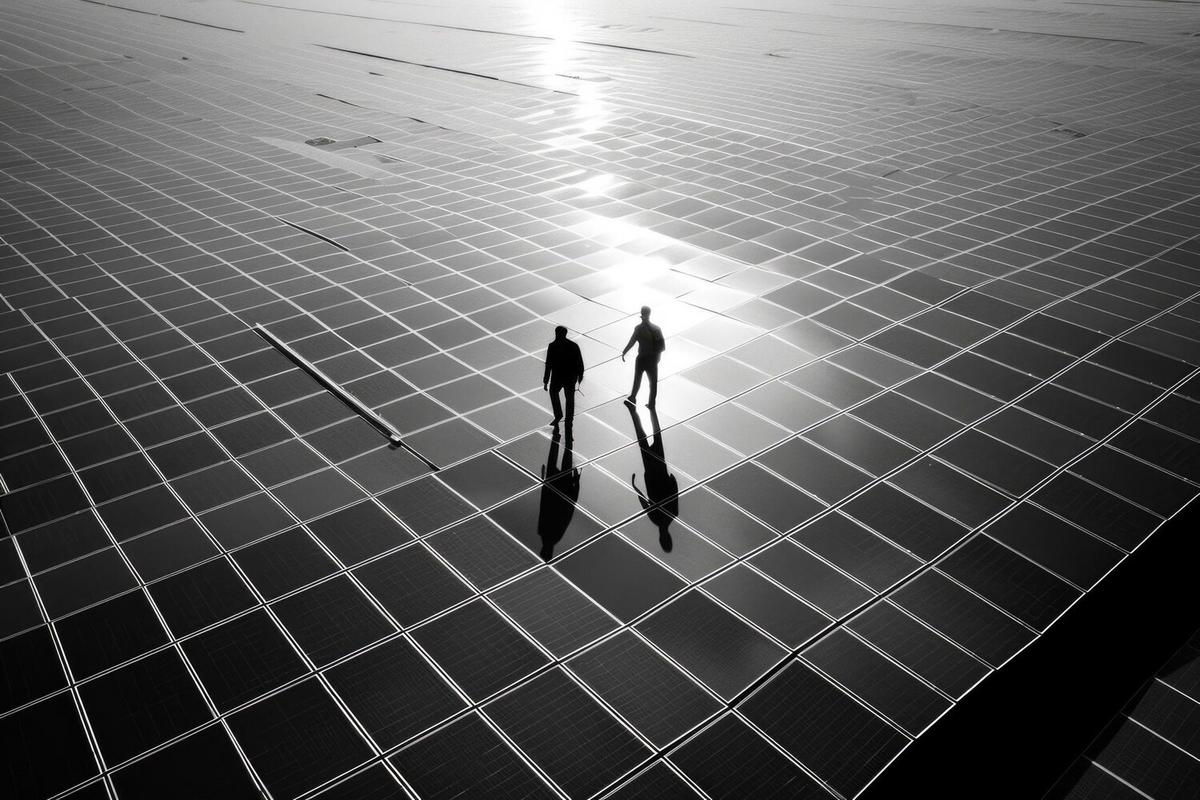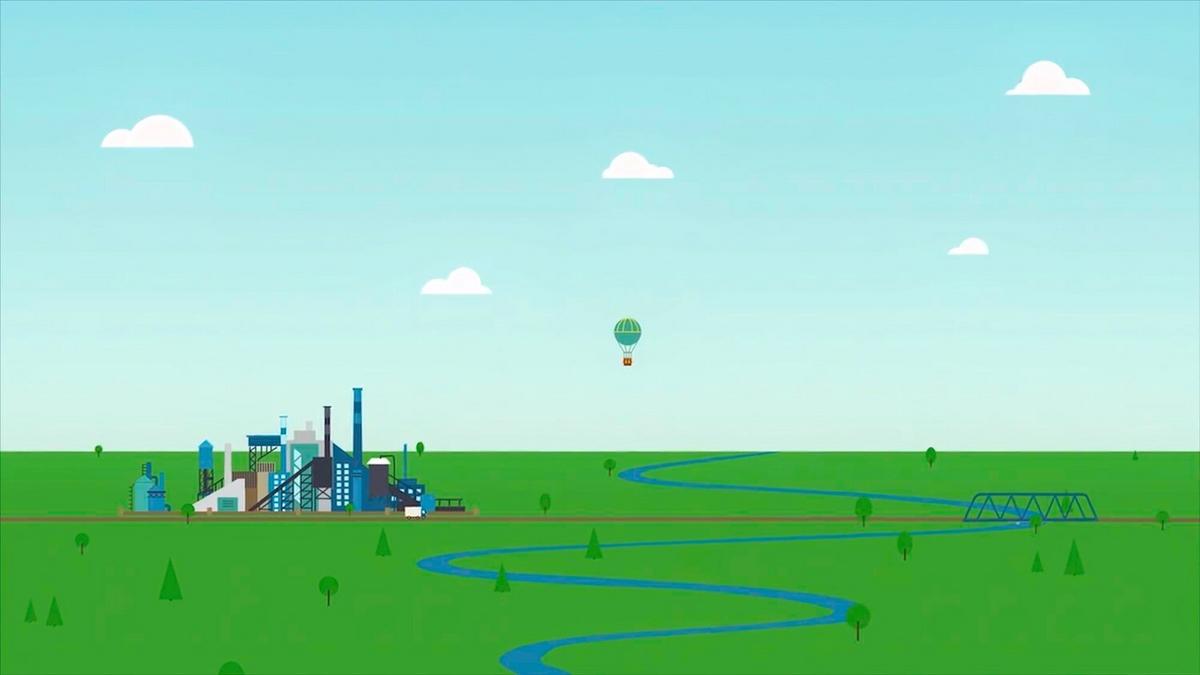
The Rise of Solar Panel Technologies: What’s Next?
As solar energy continues to gain traction as a viable alternative to fossil fuels, advancements in solar panel technologies are driving the industry forward at a remarkable pace. This article delves into the latest innovations and what we can expect in the future of solar energy.
The Evolution of Solar Panel Technology
Solar panels have come a long way since their inception, evolving from bulky, inefficient devices to sleek, highly efficient energy generators. Recent innovations are setting new benchmarks, making solar energy more accessible and sustainable.
Expert Insights
Dr. Emily Chen, a renewable energy specialist, notes, “The efficiency of solar panels has increased significantly over the past decade, thanks to breakthroughs in materials and design.” Her sentiments are echoed by industry reports highlighting an average efficiency increase of 20% in recent years.
Key Innovations
- Perovskite Solar Cells: These are emerging as a game-changer due to their high efficiency and lower production costs compared to traditional silicon cells.
- Bifacial Panels: Capable of capturing sunlight from both sides, these panels can significantly boost energy yields.
- Floating Solar Farms: Placing solar panels on bodies of water helps in reducing land use while increasing panel efficiency due to cooler temperatures.
Statistics and Research
According to a report by the International Renewable Energy Agency (IRENA), global solar capacity is expected to reach 4,000 GW by 2030, highlighting the rapid adoption and growth of solar technologies.
Real-World Applications
Consider the example of a community in Nevada, which has embraced solar energy by installing panels on rooftops and community centers, resulting in a 40% reduction in energy costs.
Actionable Tips for Adopting Solar
- Assess your home’s solar potential by analyzing sunlight exposure and roof orientation.
- Research available government incentives and subsidies to reduce installation costs.
- Consult with certified solar installers to ensure quality and efficiency.
Comparing Solar Technologies
| Technology | Efficiency | Cost | Durability |
|---|---|---|---|
| Silicon Panels | 15-20% | Moderate | High |
| Perovskite Cells | 22-28% | Low | Moderate |
| Bifacial Panels | 25-30% | High | High |
| Thin-Film Panels | 10-12% | Low | Moderate |
| Organic Photovoltaics | 8-10% | Low | Low |
| Concentrated PV | 30-40% | Very High | High |
| Floating Solar | 15-20% | Moderate | Moderate |
| Building-Integrated PV | 10-15% | High | High |
FAQs
What is the lifespan of modern solar panels?
Most solar panels come with warranties of 25-30 years, though they can continue to function beyond that period with reduced efficiency.
Are solar panels effective in cloudy weather?
Yes, solar panels can still generate electricity during cloudy days, although their efficiency may be reduced compared to sunny conditions.
How do I maintain my solar panels?
Regular cleaning and inspections are recommended to ensure optimal performance. It’s also advisable to check for any shading from trees or buildings.
Conclusion
The future of solar panel technology is bright, with ongoing innovations promising to make solar energy more efficient and accessible. By staying informed and considering the latest advancements, individuals and communities can play a vital role in the transition to sustainable energy solutions. Explore further resources and consider how you can contribute to this renewable revolution.


